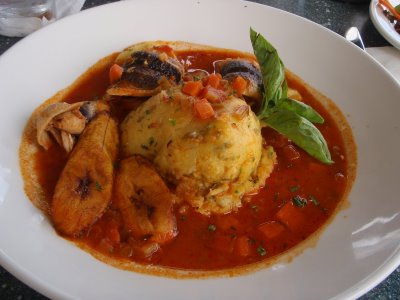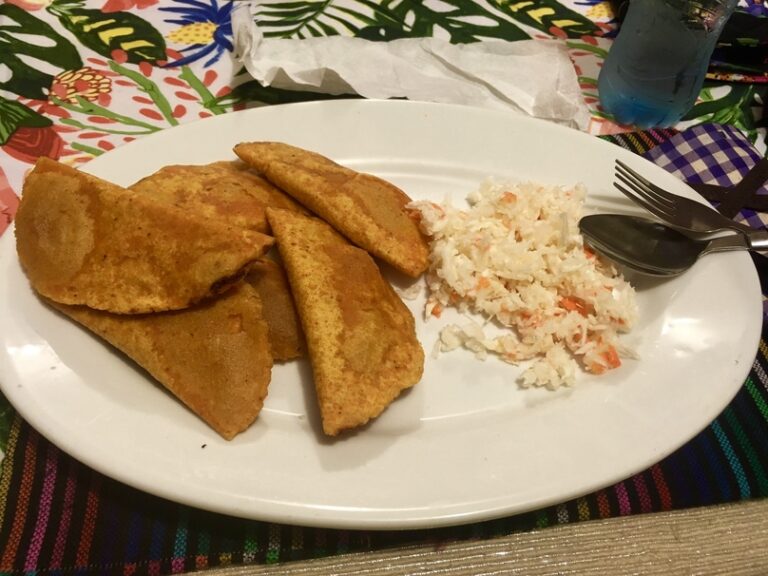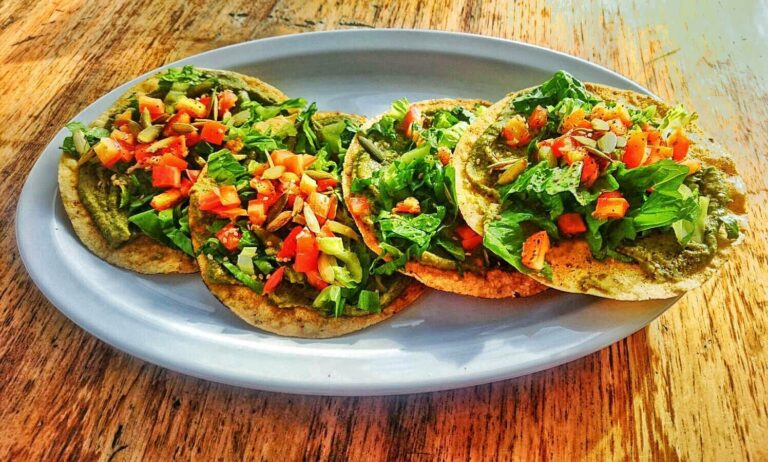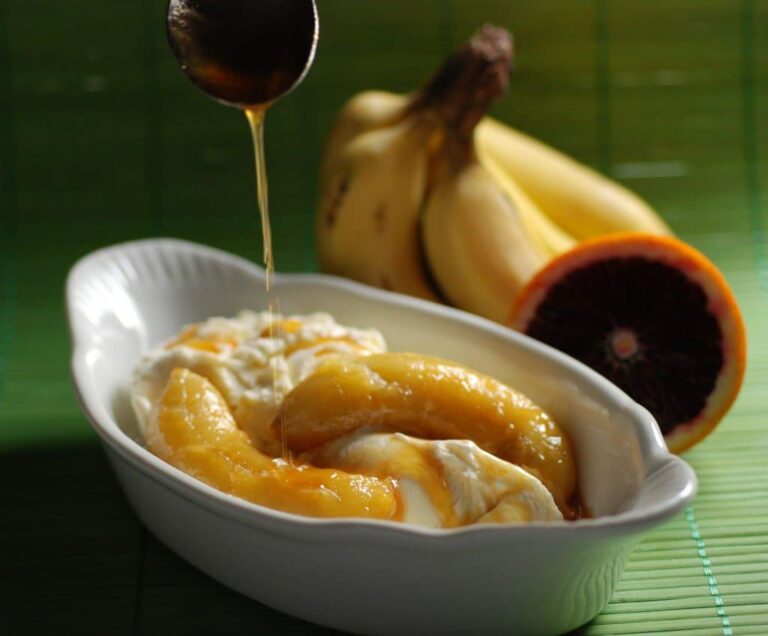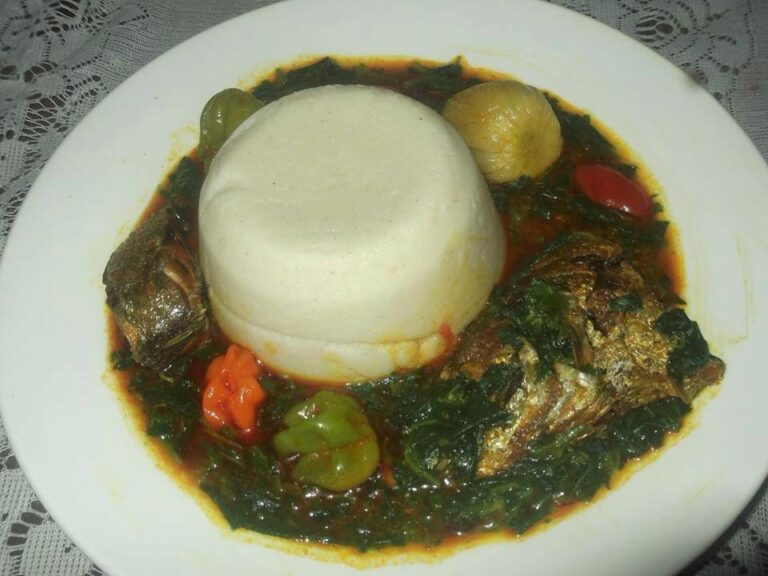Introduction: Barbadian Salads
Barbadian salads are a staple in the cuisine of Barbados, a small island nation situated in the Caribbean. These salads are known for their unique blend of flavors that reflect the diversity of the island’s cultural influences. They are not just a side dish but are often a main course, enjoyed by locals and visitors alike. Barbadian salads are a healthy, flavorful alternative to traditional meals.
A Fusion of Flavors
Barbadian salads are a fusion of flavors that reflect the island’s diverse cultural influences. The salads are a blend of African, European, and Caribbean flavors. This fusion creates a unique flavor profile that is both bold and refreshing. Barbadian salads use a variety of ingredients that make them rich in taste and texture.
Local Produce: Key Ingredient
Local produce is a key ingredient in Barbadian salads. Fresh fruits and vegetables are used in abundance, such as lettuce, cucumber, tomatoes, scallions, and carrots. Barbados is an island rich in agricultural diversity, and the locals take pride in using indigenous produce to create their salads. The use of local produce ensures that the salads are healthy, nutritious, and packed with flavor.
The Role of Fruits and Nuts
Fruits and nuts are also essential ingredients in Barbadian salads. The use of tropical fruits such as mango, pineapple, and papaya adds a burst of sweetness to the salad. Nuts, such as almonds and cashews, add a crunchy texture to the salad. These ingredients are not just for taste but also provide a nutritional boost, making the salads a healthy alternative to traditional meals.
Unique Seasonings and Spices
Unique seasonings and spices are also used in Barbadian salads. These seasonings and spices add depth and complexity to the salad’s flavor profile. Herbs like thyme, cilantro, and parsley are used to add a refreshing taste that complements the ingredients in the salad. Spices such as cumin, coriander, and allspice are used to add a Caribbean flair to the salad.
Protein Sources in Barbadian Salads
Protein sources are also included in Barbadian salads. Fish, chicken, and shrimp are the most commonly used protein sources in Barbadian salads. These protein sources are used to add heartiness to the salad and to make it a filling meal. The use of protein sources also adds a nutritional boost to the salad, making it a healthy alternative to traditional meals.
Dressing: The Final Touch
Dressing is the final touch to a Barbadian salad. Dressings are used to add flavor and texture to the salad. The most commonly used dressings in Barbadian salads are vinaigrettes made with local fruits and honey. These dressings add a sweet and tangy flavor that complements the other ingredients in the salad.
Variations of Barbadian Salad Recipes
There are many variations of Barbadian salad recipes. Some include seafood, while others include meat. Some salads are vegetarian, while others are vegan. The possibilities are endless, and there is a Barbadian salad for everyone’s taste buds. The versatility of these salads makes them a popular choice for any occasion.

